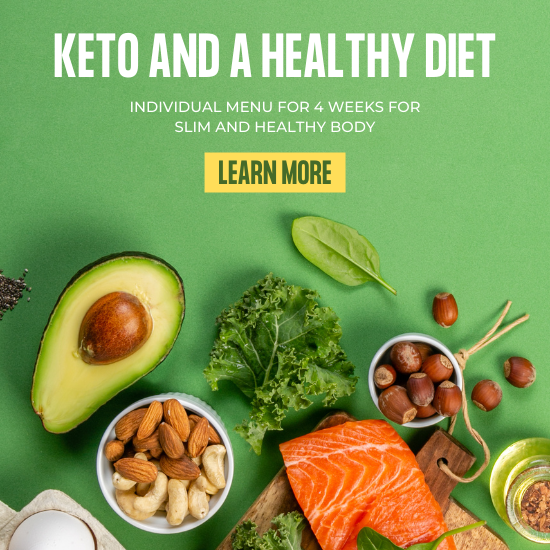Olive Leaf Benefits
Olive (Olea europaea) leaf extract effective in patients with stage-1 hypertension: comparison with Captopril
By SensiblyShop.com
Abstract
This was a double-blind, randomized, parallel and active-controlled clinical study initiated to evaluate the anti-hypertensive effect as well as the tolerability of Olive leaf extract in comparison to Captopril in patients with stage-1 hypertension (high blood pressure) . Additionally, this study also looked at the hypolipidemic effects of Olive leaf extract in such patients.
A clear reduction of triglyceride level was observed in Olive group, but not in Captopril group. In conclusion, Olive (Olea europaea) leaf extract, at the dosage regimen of 500 milligrams twice daily, was similarly effective in lowering systolic and diastolic blood pressures in subjects with stage-1 hypertension as Captopril, given at its effective dose of 12.5-25 mg twice daily.
The Study
It consisted of a run-in period of 4 weeks continued subsequently by an 8-week treatment period. Olive (Olea europaea L.) leaf extract (EFLA®943) was given orally at the dose of 500 mg twice daily in a flat-dose manner throughout the 8 weeks. Captopril was given at the dosage regimen of 12.5 mg twice daily at start. After 2 weeks, if necessary, the dose of Captopril would be titrated to 25 mg twice daily, based on subject’s response to treatment. The primary efficacy endpoint was reduction in systolic blood pressure (SBP) from baseline to week-8 of treatment. The secondary efficacy endpoints were SBP as well as diastolic blood pressure (DBP) changes at every time-point evaluation and lipid profile improvement. Evaluation of BP was performed every week for 8 weeks of treatment; while of lipid profile at a 4-week interval. Mean SBP at baseline was 149.3 ± 5.58 mm Hg in Olive group and 148.4 ± 5.56 mm Hg in Captopril group; and mean DBPs were 93.9 ± 4.51 and 93.8 ± 4.88 mm Hg, respectively. After 8 weeks of treatment, both groups experienced a significant reduction of SBP as well as DBP from baseline; while such reductions were not significantly different between groups. Means of SBP reduction from baseline to the end of study were −11.5 ± 8.5 and −13.7 ± 7.6 mm Hg in Olive and Captopril groups, respectively; and those of DBP were −4.8 ± 5.5 and −6.4 ± 5.2 mm Hg, respectively. A significant reduction of triglyceride level was observed in Olive group, but not in Captopril group. In conclusion, Olive (Olea europaea) leaf extract, at the dosage regimen of 500 mg twice daily, was similarly effective in lowering systolic and diastolic blood pressures in subjects with stage-1 hypertension as Captopril, given at its effective dose of 12.5–25 mg twice daily.
Oleuropein doesn’t only occurs in the Olea genus, but also occurs in many other genera belonging to the Oleaceae family and has been previously described in Fraxinus excelsior, F. angustifolia, F. chinensis, Syringa josikaea, S. vulgaris, Philyrea latifolia, Ligustrum ovalifolium, L. vulgare, and many others.
Oleuropein is very abundant in the early stages: in young fruits, it can reach 14% of dry matter. Although lower, its level is still very important at harvest for green picked cultivars.
Why Wait?
Why wait for a bad report from a physician when you can start taking a NON-GMO, organic and healthy supplement. Olive leaf extract is all natural and ready to work in your favor.

